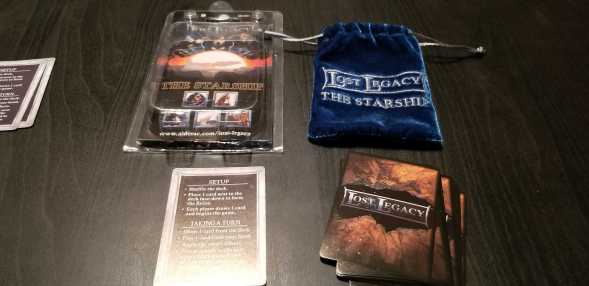Tracy and Greg played through chapter 2 of Scooby Doo: Escape from the Haunted Mansion to finish this game. “It’s definitely a bit more like the Adventure Games than a regular Escape Room Game. The idea of having each character interact with things slightly differently and not all characters being available all the time was interesting, but did lead to a bit of frustration. There was one thing in Chapter One that we didn’t discover and in Chapter Two there was no way to do so. Although it wasn’t absolutely necessary in order to complete the game, it did mean a chunk of the mansion wasn’t accessible to us and affected the final score. Other than that one gripe it was a fun game though, and I’ll keep an eye out for future Coded Chronicles Games.”

Greg also cranked through the rest of the 60 puzzles in Shape by Shape over the last few days. “I’d say there were maybe a handful that took me more than a couple of minutes, so it’s not super difficult, but if you’re looking for something to keep you occupied for a little bit it was entertaining enough. I’ll probably show it to Alex at some point but I’m not sure it would keep her interested just yet.”
Greg has had these Lost Legacy games sitting around for a while and decided it was about time he got them to the table. “We played The Starship, The Flying Garden and The Sacred Grail (from the Third Chronicle). The gameplay is basically like Love Letter (this series is related to and by the same designer). Players have one card in hand, draw a second and then choose one to play/discard. There are a couple of differences though, such as ‘The Ruins’, which is a group of 1+ facedown cards on the table that can be swapped with or looked at, and also that the #5 card is always The Lost Legacy, that players are trying to locate. If the deck runs out there is an Investigation Phase where players, in lowest to highest card # order, get to reveal one card in any players hand or in the Ruins, and if anyone reveals The Lost Legacy they win. All the sets are mixable and interchangeable, so you can play games with more cards, or mix and match. I enjoyed The Flying Garden the best out of the sets we tried.”
Greg tried new arrival Sonora. “First there came Roll & Writes. Then came Flip & Writes. Now a new challenger has entered the ring: the Flick & Write! Yes, you read that correctly. Players flick little wooden discs onto the main board into one of four sections. Once all discs are on the board players write on their player sheet based on the disc values and locations. There are ways to get bonuses in other sections, so you can get big combo turns. What can I say? It’s Crokinole Schön Clever.”

Alex joined Tracy and Greg to play Axio on the stream. “She was getting a little giddy towards the end, but overall did quite well, and with some coaching she ended up second in a close game with final scores of 12, 11 & 10.”

Greg finished reading The Diamond Age by Neal Stephenson. “This the third book of his that I’ve read, the others being Snowcrash and Crytonomicon, and I’ve enjoyed all three. He writes believable near-future stuff, with technology that seems plausible, or at least not too far fetched. This one centres around a young girl who comes into possession of a special book that interacts with her and teaches her all manner of skills. Definitely worth a look.”
Alex and Greg played a few games of Spot it!, using a couple of the play options suggested. “I was trying to give her a chance early on, but as we played more she was getting faster at spotting them and I didn’t need to hold back. It’s a quick, fun little matching game that can be played pretty much anywhere.”
Greg played Catch a Falling Star, a dexterity balancing game where players are trying to rebuild the fallen star by balancing the star beams. “The star is magnetic and some of the beams have metal pieces that will stock, but others don’t. The players take it in turn to place a beam and if any fall off you have to add them to your supply. The first player to place all of their pieces wins. This was a bit tricky for Alex as you have to be quite careful. She did enjoy playing it though, and it does look pretty cool at the end of the game.”
My First Bananagrams also got to Greg’s table, “This version of the game uses lower case letters to get kids used to them, and it has a variety of play modes for different ages. We played a few ways: picking a letter and then finding a match, laying out the alphabet, and then picking a letter, coming up with words that start with that letter and then trying to spell them. Right now I’m working on getting Alex to learn some simple words and get the beginnings of sounding things out, so games like this are a good way to do that.”







